Chilean Sea Bass Recipe Gordon Ramsay
This baked Chilean Sea Bass Recipe by Gordon Ramsay is the simplest dish you will ever have to prepare on your own. Fish fillets that have been seasoned to perfection and then baked until they are flaky and juicy. It takes less than 20 minutes to prepare, is minimal in carbs, and is compatible with the ketogenic diet.
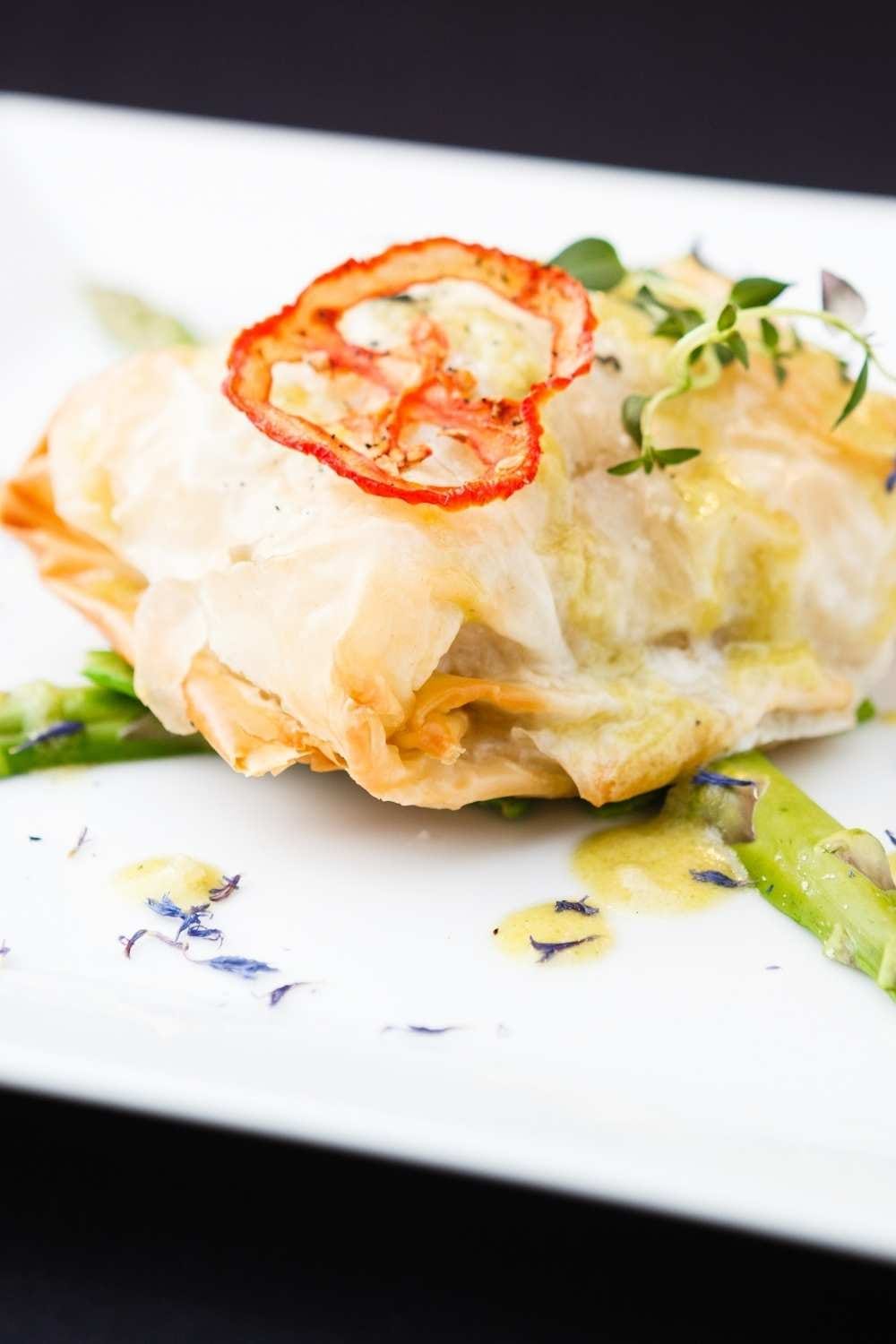
Why You’ll Love This Pumpkin Bread Recipe:
- A sea bass that is not too fishy in flavor and is buttery, flaky, and delicate all at the same time.
- Beurre blanc is an extravagant sauce that is surprisingly straightforward to prepare.
- Ready in just 20 minutes
- A straightforward and nutritious lunch choice that does not naturally includes gluten.
What Is Chilean Sea Bass?
A species of the genus Notothen is found in cold seas between depths of 45 and 3,850 meters in the southern Atlantic, Pacific, and Indian Oceans as well as the Southern Ocean on seamounts and continental shelves near most Subantarctic islands. This species is also known as the Patagonian toothfish.
Where Did Chilean Sea Bass Come From?
The Chilean sea bass, which is also known as the Patagonian toothfish, is one of the fish that is in highest demand all over the world. During the 1990s, the once-forgotten fish rose to fame as a sought-after ingredient in many cuisines. The freezing Antarctic seas cause its meat to become oil-rich, making it resistant to overcooking. However, fish populations are not capable of meeting the demand at this time. The stocks became dry due to excessive fishing efforts as well as widespread poaching.
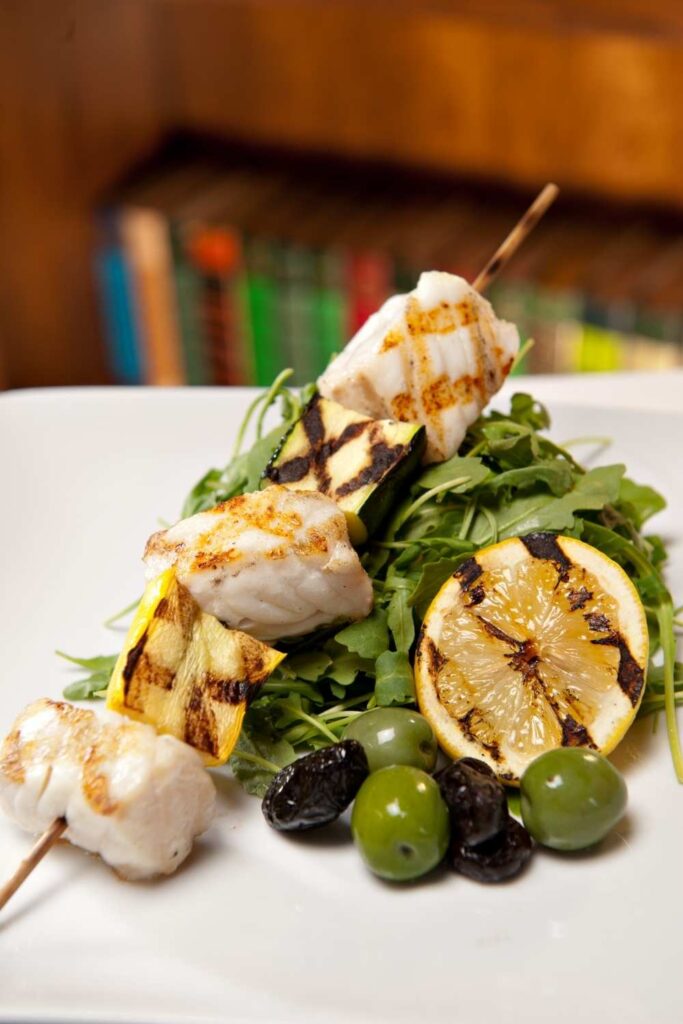
What Is The Difference Between Sea Bass And Chilean Sea Bass?
The Patagonian Toothfish, also known as the Chilean Sea Bass, is a species of fish that lives in the oceans of South America and the Antarctic. You probably guessed correctly that the seas of Europe, the Mediterranean Sea, and the Black Sea are home to the European Sea Bass.
What Ingredients To Make Gordon Ramsay Chilean Sea Bass?
This section discusses how to pick the finest components for Gordon Ramsay’s oven-baked Chilean Sea Bass dish, what each one accomplishes in the recipe, and substitute available choices. Please refer to the recipe card that is provided below for the measurements.
For The Sea Bass:
- Sea Bass Fillets: If you can, choose thicker fillets since they are less likely to get overcooked. Additionally, ensure that the fillets are all around the same thickness so that they can be cooked at the same rate. This recipe’s cooking time for sea bass is calculated based on 5-ounce fillets, which is the standard portion size for sea bass fillets.
- Olive Oil: Or avocado oil.
- Juice from Lemons: For the finest flavor, use freshly squeezed lemon juice, but bottled lemon juice is a practical alternative. Having said that, the sauce calls for lemon zest, so you may as well use fresh lemons.
- Garlic Powder: For this baked Chilean sea bass, I used garlic powder, but you may alternatively use 2 cloves of fresh garlic that have been chopped in their place.
- Black Pepper & Sea Salt For The Beurre Blanc: Sea salt (or kosher salt)
For The Beurre Blanc:
- Shallot: Use a dry white wine such as Pinot Grigio, Pinot Gris, Sauvignon Blanc, or Pinot Blanc for this recipe.
- White Vinegar: White vinegar is the best choice, but if you don’t have any other options, you may also use white vinegar, apple cider vinegar, or lemon juice in a pinch.
- Heavy Cream: The use of heavy cream lends the sauce a velvety mouthfeel, which is a desirable quality.
- Lemon Zest: It is important to make sure that you just get the yellow part of the zest, as the white pith is quite bitter. This zester makes things so easy, and it works so much better than the one I had before. It’s one of my favorite kitchen tools.
- Unsalted Butter: Cut the butter into cubes about the size of a teaspoon, then store it in the refrigerator until you are ready to incorporate it into the recipe. The temperature must be below.
- Sea Salt (or kosher salt)
How To Make Gordon Ramsay Chilean Sea Bass?
Baked Sea Bass:
- To cook the sea bass in the oven, preheat the oven to 400 degrees Fahrenheit (204 degrees C).
- Olive oil, lemon juice, and garlic powder should be mixed in a small bowl using a whisk.
- Arrange the sea bass fillets in a baking dish made of stoneware, leaving some space between each one. To dry them off, pat them with paper towels.
- The fish fillets should be coated with the olive oil mixture on both sides before cooking. Garlic powder, sea salt, and black pepper should be used to season both sides of the meat.
- Bake the sea bass for 12 to 15 minutes, or until the internal temperature reaches 135 to 140 degrees Fahrenheit, whichever comes first, or until the fish flakes easily when tested with a fork. (For the Best Results, Use an Instant-read Thermometer — It’s Finished Cooking When It Reaches 135 to 140 Degrees Fahrenheit.)
Beurre Blanc:
- In the meantime, prepare the Beurre Blanc by combining the shallot, wine, and vinegar in a very small saucepan (about 5 inches in diameter) set over medium-high heat.
- Bring to a boil, then immediately lower the heat to medium and simmer for around three to five minutes, or until the volume is reduced to approximately one-fourth of the initial amount (Approximately 2 Tablespoons Should Be Left).
- Mix in the heavy cream and the zest of the lemon.
- Turn the heat down to low. Add two to three cubes of really cold butter and stir continuously until the butter melts.
- The butter should be added in increments of two to three cubes at a time, with each addition being followed by stirring and letting the butter melt. Maintain a very low heat, and steer clear of boiling, otherwise, the sauce will become separated.
- Add a pinch or two of salt from the sea, to taste.
- Serve sauce over baked sea bass as soon as possible, or keep warm for up to 30–60 minutes in a thermos or the hot pan on the stove (with the heat turned off) for up to an hour and a half. It is important to keep the sauce at a warm temperature; nevertheless, it should not be allowed to become too hot.
Recipe Tips
- Don’t overcook: Make sure you have a thermometer that gives you quick readings so that you can cook the sea bass to exactly 135-140 degrees Fahrenheit.
- When making the sauce: use a tiny skillet and light in color. When I originally attempted to make the sauce, I used a deeper and more substantial pot, but it did not want to combine properly. Because beurre blanc requires low heat and a vessel that is just large enough to contain the mixture without overflowing, I have found that this particular pan is the best option.
- Make sure the butter stays cold: Do not remove it from the refrigerator until you are ready to use it in the sauce; until then, keep it there. For the sauce to emulsify correctly, this step is essential.
Recipe Variations
- Pan Sear First: I went on a retreat once when the caterer started searing sea bass on the stovetop and then moved it to the oven. It turned out to be one of the most memorable meals I’ve ever had. I did not take this step while preparing this recipe for Chilean sea bass; but, if you want a crust that is golden brown, just sear the fish in a pan on the stovetop over medium heat for one to two minutes on each side before moving it to the oven to finish cooking for approximately five minutes. On the other hand, when I tried this at home, I discovered that I liked the baked sea bass without the step of searing it more.
- Sea bass with Pesto: After seasoning, bake the sea bass according to the instructions provided in the recipe. After spreading a layer of pesto over the fish and returning it to the oven for the final few minutes of baking, the fish will be ready to serve.
- Miso Glazed Sea Bass: To make a miso glaze for sea bass, combine the miso paste, mirin, coconut aminos, garlic, and ginger in a small dish. Then, brush the mixture on the fish before baking.
- Lemon Butter Sauce: If you want a sauce that is less fussy than the beurre blanc, give this straightforward lemon butter sauce for fish a go. It goes well with fish.
What’s So Special About Chilean Sea Bass?
The Chilean sea bass, which is also known as the Patagonian toothfish, is one of the fish that is in highest demand all over the world. During the 1990s, the once-forgotten fish rose to fame as a sought-after ingredient in many cuisines. The freezing Antarctic seas cause its meat to become oil-rich, making it resistant to overcooking. However, fish populations are not capable of meeting the demand at this time.
What Does Chilean Sea Bass Fish Taste Like?
Sea bass from Chile is a white fish with a flaky texture and a flavor that is comparable to cod. When it is done cooking, it should have the texture and flavor of butter and be smooth all the way through. It is possible to prepare it in virtually any way imaginable, and there is an almost infinite variety of seasonings that may be used with it.
How Do I Know When The Sea Bass Is Done Cooking?
However, there is one thing that you can keep an eye out for that will signal when the fish is done cooking and will prevent you from overcooking it. When the salmon flakes easily, take it from the fire and serve it as soon as possible.
How Do You Cook Chilean Sea Bass?
In my experience, a very hot cast iron pan that has been greased is the best method to cook this fish. You will want to obtain a good sear on each side of the fish, which may be readily accomplished in a hot pan made of cast iron. Pan frying is, in my opinion, the finest way to cook this fish since it brings out the entire taste while also softly caramelizing and crisping up the top of the fish. This fish can also be baked or even broiled, but I think pan frying is the best option.
Is Chilean Sea Bass High In Mercury?
The Chilean sea bass, like many other types of white fish, is low in calories and high in protein content. On the other hand, it contains a significant amount of mercury. Due to the potentially harmful amounts of mercury, the Environmental Defense Fund advises that children take no more than one dish of Chilean sea bass per month, while adults should limit themselves to no more than two servings per month.
How Long Does Leftover Gordon Ramsay Chilean Sea Bass Last In The Fridge?
To ensure the highest possible level of food safety and quality, prepared Chilean Sea Bass from Gordon Ramsay should be stored in shallow airtight containers or tightly wrapped in heavy-duty aluminum foil or plastic wrap before being refrigerated. Fish that has been cooked can be stored in the refrigerator for up to four days if it is properly stored.
How To Freeze Gordon Ramsay Chilean Sea Bass?
- Make the Fish Available: Get your fish ready by first gutting it and then filleting it. In addition to that, you will need a baking sheet close by that you can place in the freezer.
- Put some water in the dish: Find a dish that is both broad and shallow and is large enough to accommodate the fish when it is laid down flat.
- Ice-cold water: The fish is first dipped, then flash-frozen. After you have dipped the fish in the cold water that is included in the dish, place the sea bass on the baking sheet. Put this straight into the freezer, and leave it there until it’s frozen solid. It should take approximately half an hour to do this.
- Repeat: Repeat step two as many times as necessary until you have a total of many layers of ice that are approximately half an inch thick around the fish.
- Bag Up: Place your fish in a bag and place it in the freezer. Squeeze out any extra air.
- Freeze: If you place the bag in the freezer, label it with the date, and then write down what’s inside the bag. It should be good for approximately a month.
How To Reheat Gordon Ramsay Chilean Sea Bass?
Reheating Gordon Ramsay’s Chilean Sea Bass can only be done in this particular method. There is no other way. When you are ready to consume it, remove it from the freezer and allow it to thaw in the refrigerator overnight before consuming it. Reheat it in a pan over medium heat to get it back up to the appropriate temperature.
FAQ Section
The high concentration of omega-3 fatty acids found in Chilean Sea Bass is largely responsible for the fish’s unique taste. Because of this property of the fish, eating it is not only a delectable experience but also has significant positive effects on one’s health. One of the primary advantages of consuming omega-3 fatty acids is that they contribute to maintaining healthy eyes.
The Chilean Seabass is a contentious species of fish because its numbers have been depleted in recent decades as a result of unchecked and unregulated exploitation. According to research conducted by the United States Food and Drug Administration (FDA), Chilean Seabass has three times the amount of mercury that is found in Atlantic Cod. Technically speaking, this species of fish is neither a kind of bass nor does it belong to a cod family.
The potato leek puree, herb-infused basmati rice, and celeriac fries are some of the greatest side dishes that go well with sea bass. Other options include risotto made with peas, summer couscous salad, and aioli made with harissa. Serve stewed tomatoes, sautéed bok choy, creamy spinach salad, or creamy garlic cauliflower for a meal that is fewer in calories and higher in nutrition.

Chilean Sea Bass Recipe Gordon Ramsay
Ingredients
Sea bass:
- 4 (5 ounce) Chilean sea bass fillets or other sea bass variety
- 3 tablespoons olive oil
- ½ tablespoon lemon juice
- ½ teaspoon garlic powder
- ¼ teaspoon black pepper
Beurre blanc:
- ½ medium shallot minced
- ¼ cup dry white wine
- 1 ½ tablespoon white wine vinegar
- 1 tablespoon heavy cream
- 1 teaspoon lemon zest
- ½ cup unsalted butter cut into small teaspoon-sized cubes, very cold, keep refrigerated until right before using
- ¼ tsp sea salt to taste
Instructions
Baked Sea Bass:
- To cook the sea bass in the oven, preheat the oven to 400 degrees Fahrenheit (204 degrees C).
- Olive oil, lemon juice, and garlic powder should be mixed in a small bowl using a whisk.
- Arrange the sea bass fillets in a baking dish made of stoneware, leaving some space between each one. To dry them off, pat them with paper towels.
- The fish fillets should be coated with the olive oil mixture on both sides before cooking. Garlic powder, sea salt, and black pepper should be used to season both sides of the meat.
- Bake the sea bass for 12 to 15 minutes, or until the internal temperature reaches 135 to 140 degrees Fahrenheit, whichever comes first, or until the fish flakes easily when tested with a fork. (for the best results, use an instant-read thermometer — it’s finished cooking when it reaches 135 to 140 degrees Fahrenheit.)
Beurre Blanc:
- In the meantime, prepare the Beurre Blanc by combining the shallot, white wine, and vinegar in a very small saucepan (about 5 inches in diameter) set over medium-high heat.
- Bring to a boil, then immediately lower the heat to medium and simmer for around three to five minutes, or until the volume is reduced to approximately one-fourth of the initial amount (approximately 2 tablespoons should be left).
- Mix in the heavy cream and the zest of the lemon.
- Turn the heat down to low. Add two to three cubes of really cold butter and stir continuously until the butter melts.
- The butter should be added in increments of two to three cubes at a time, with each addition being followed by stirring and letting the butter melt. Maintain a very low heat, and steer clear of boiling, otherwise, the sauce will become separated.
- Add a pinch or two of salt from the sea, to taste.
- Serve sauce over baked sea bass as soon as possible, or keep warm for up to 30–60 minutes in a thermos or the hot pan on the stove (with the heat turned off) for up to an hour and a half. It is important to keep the sauce at a warm temperature; nevertheless, it should not be allowed to become too hot.
Notes
- Don’t overcook: Make sure you have a thermometer that gives you quick readings so that you can cook the sea bass to exactly 135-140 degrees Fahrenheit.
- When making the sauce: use a tiny skillet and light in color. When I originally attempted to make the sauce, I used a deeper and more substantial pot, but it did not want to combine properly. Because beurre blanc requires low heat and a vessel that is just large enough to contain the mixture without overflowing, I have found that this particular pan is the best option.
- Make sure the butter stays cold: Do not remove it from the refrigerator until you are ready to use it in the sauce; until then, keep it there. For the sauce to emulsify correctly, this step is essential.
- Pan Sear First: I went on a retreat once when the caterer started searing sea bass on the stovetop and then moved it to the oven. It turned out to be one of the most memorable meals I’ve ever had. I did not take this step while preparing this recipe for Chilean sea bass; but, if you want a crust that is golden brown, just sear the fish in a pan on the stovetop over medium heat for one to two minutes on each side before moving it to the oven to finish cooking for approximately five minutes. On the other hand, when I tried this at home, I discovered that I liked the baked sea bass without the step of searing it more.
- Sea bass with Pesto: After seasoning, bake the sea bass according to the instructions provided in the recipe. After spreading a layer of pesto over the fish and returning it to the oven for the final few minutes of baking, the fish will be ready to serve.
- Miso Glazed Sea Bass: To make a miso glaze for sea bass, combine the miso paste, mirin, coconut aminos, garlic, and ginger in a small dish. Then, brush the mixture on the fish before baking.
- Lemon Butter Sauce: If you want a sauce that is less fussy than the beurre blanc, give this straightforward lemon butter sauce for fish a go. It goes well with fish.

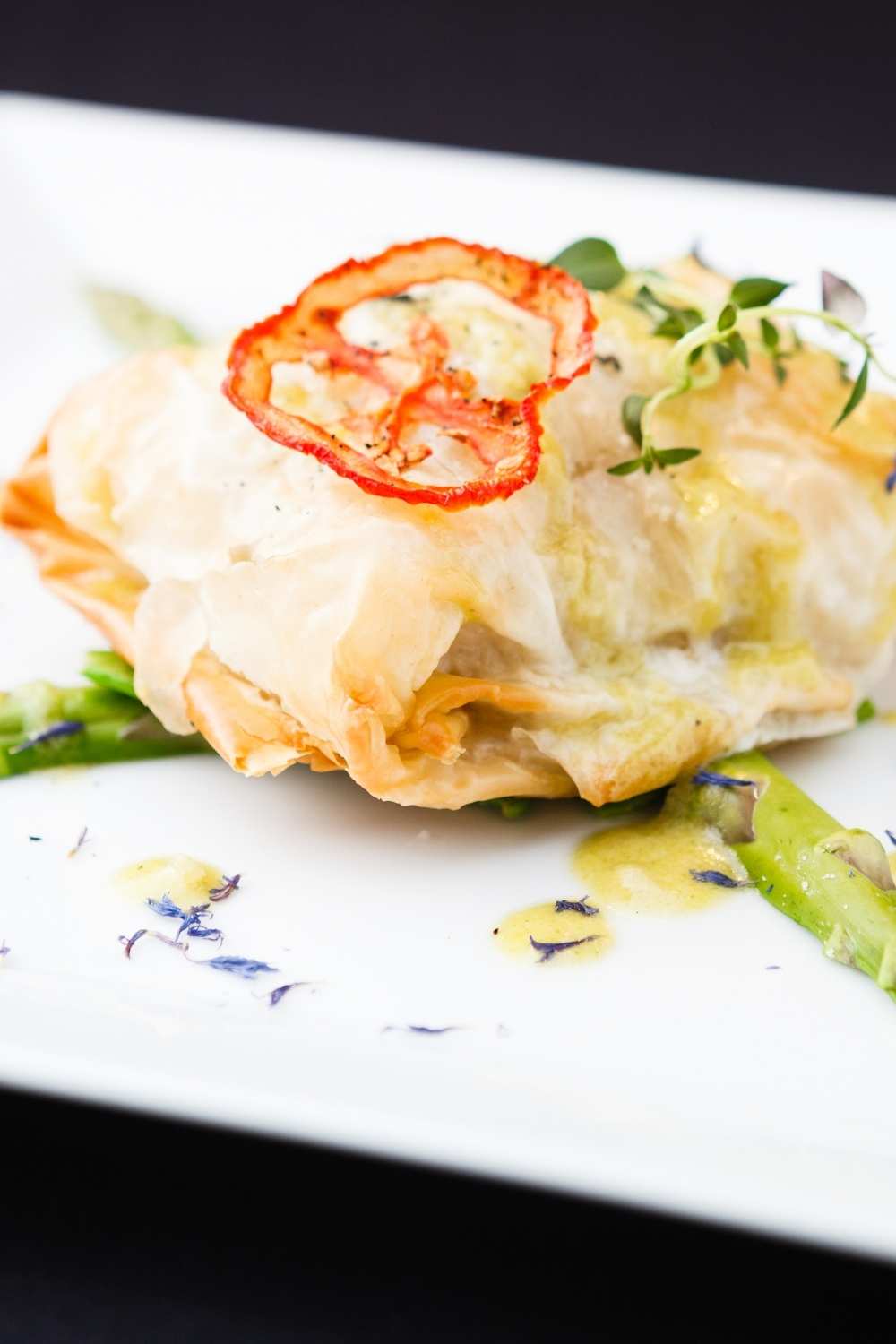

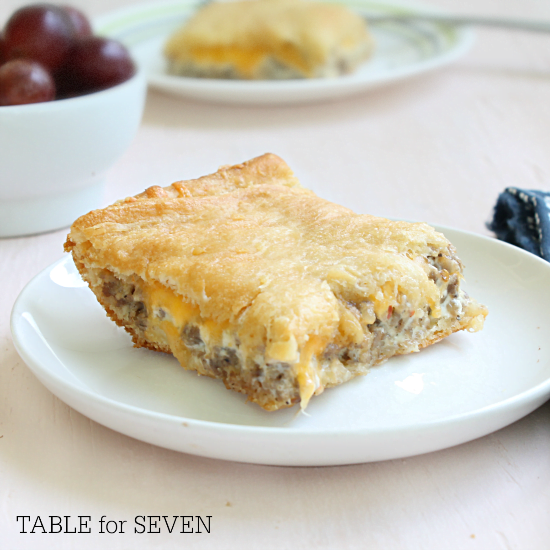
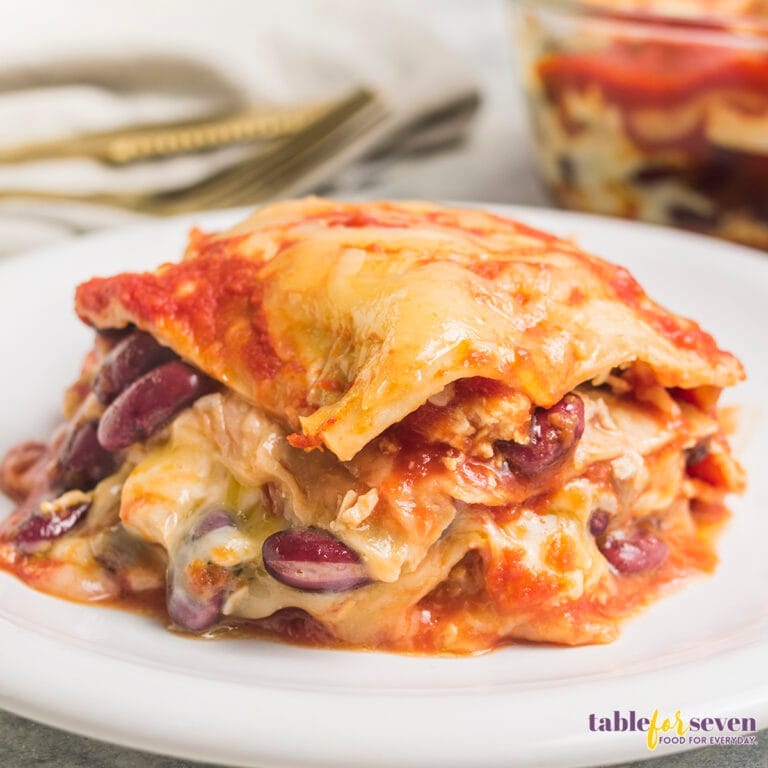

The sauce is beautiful with the sea bass.